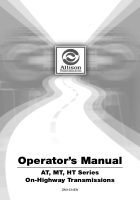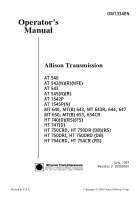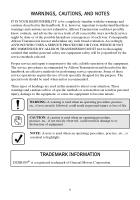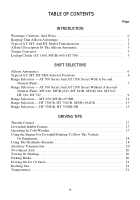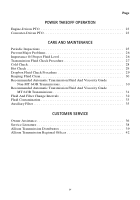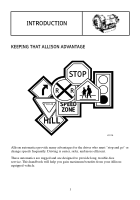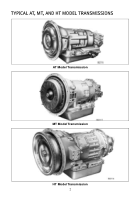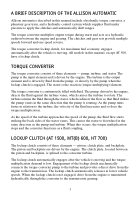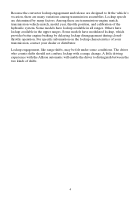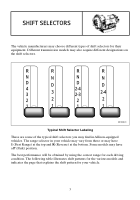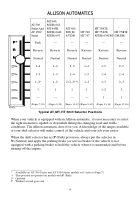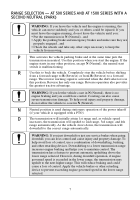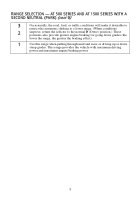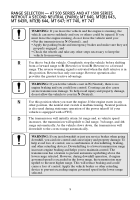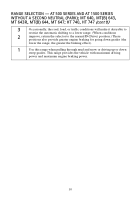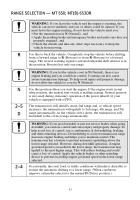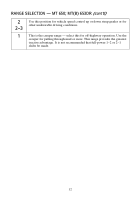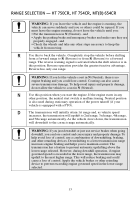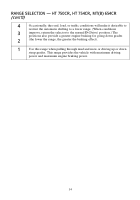ALLISON-OM1334EN - Page 8 of 48
3
A BRIEF DESCRIPTION OF THE ALLISON AUTOMATIC
Allison automatics described in this manual include a hydraulic torque converter, a
planetary gear train, and a hydraulic control system which supplies fluid under
pressure to apply the clutches and automatically shift ranges.
The torque converter multiplies engine torque during starts and acts as a hydraulic
cushion between the engine and gearing. The clutches and gear sets provide multiple
speeds forward and one speed reverse.
The torque converter lockup clutch, for maximum fuel economy, engages
automatically after the vehicle is moving. All models in this manual, except AT 500,
have a lockup clutch.
TORQUE CONVERTER
The torque converter consists of three elements — pump, turbine, and stator. The
pump is the input element and is driven by the engine. The turbine is the output
element and is driven by fluid from the pump, or directly by the pump when the
lockup clutch is engaged. The stator is the reaction (torque multiplying) element.
The torque converter is continuously filled with fluid. The pump, driven by the engine,
directs the fluid against the turbine vanes, which causes the turbine to rotate. The
turbine returns the fluid through the stator, which redirects the flow so that fluid strikes
the pump vanes in the same direction that the pump is rotating. As the pump turns
faster in relation to the turbine, the velocity of the fluid increases and so does the
torque multiplication.
As the speed of the turbine approaches the speed of the pump, the fluid flow starts
striking the back sides of the stator vanes. This causes the stator to freewheel in the
same direction as the pump and turbine. When this occurs, the torque multiplication
stops and the converter functions as a fluid coupling.
LOCKUP CLUTCH (AT 1500, MT(B) 600, HT 700)
The lockup clutch consists of three elements — piston, clutch plate, and backplate.
The piston and backplate are driven by the engine. The clutch plate, located between
the piston and backplate, is splined to the converter turbine.
The lockup clutch automatically engages after the vehicle is moving and the torque
multiplication demand is low. Engagement of the lockup clutch mechanically
connects the torque converter pump to the turbine and provides a direct drive from the
engine to the transmission. The lockup clutch automatically releases at lower vehicle
speeds. When the lockup clutch is not engaged, drive from the engine is transmitted
hydraulically through the converter to the transmission gearing.
Back to Top

